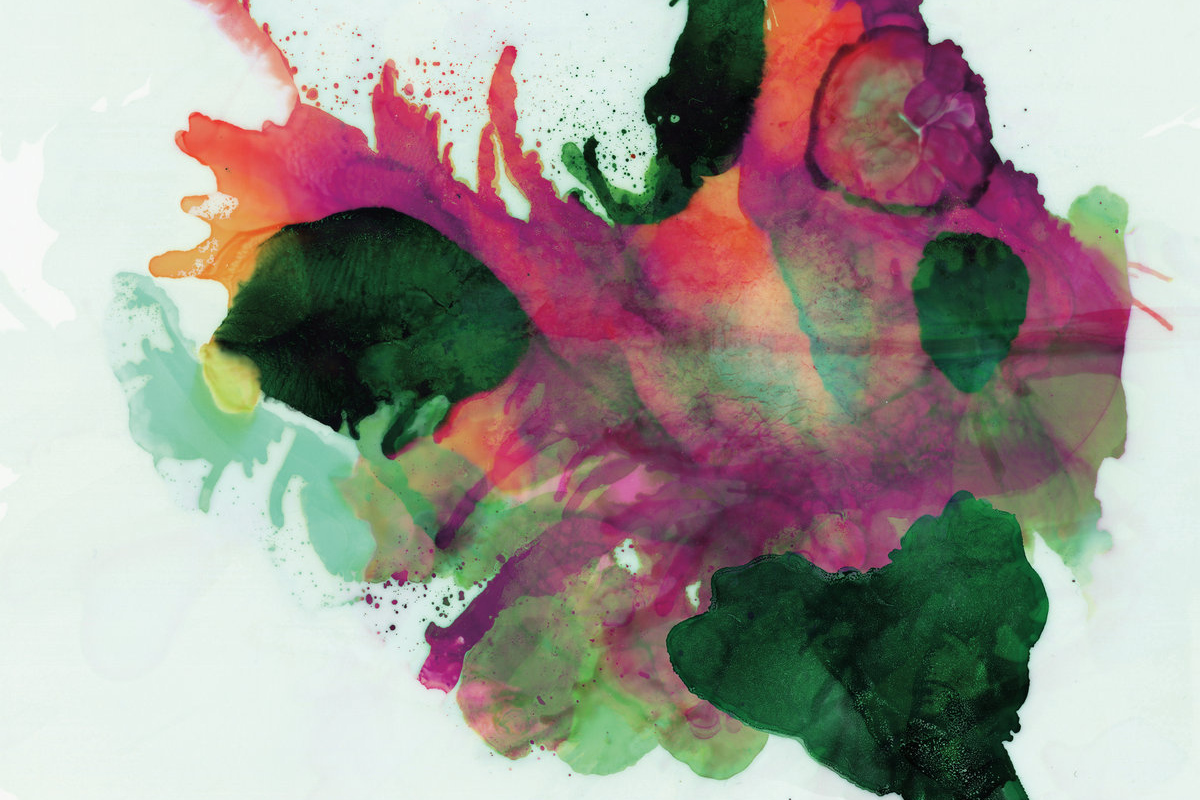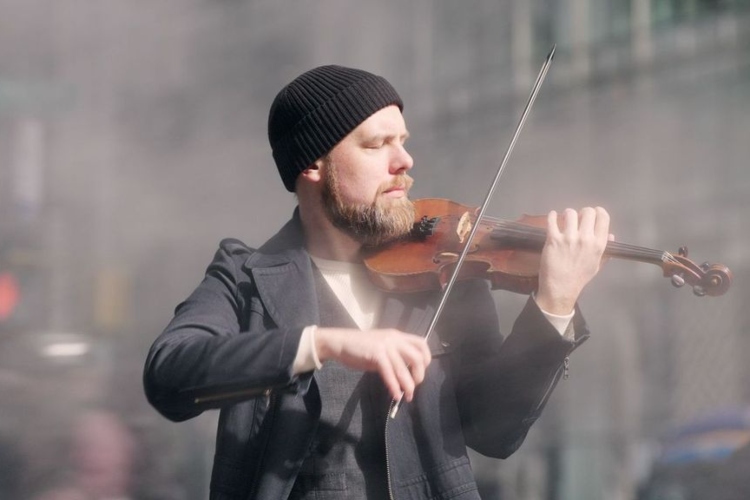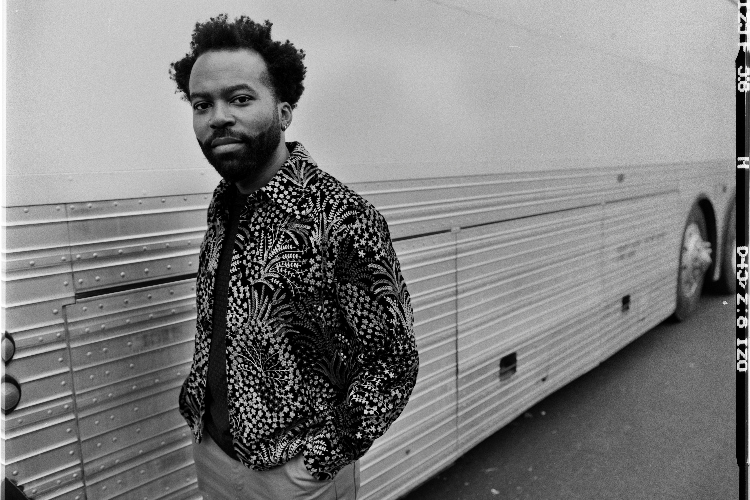Poisonous Beauty: A Conversation with Mary Halvorson (Part Two)
|
Getting your Trinity Audio player ready...
|
We continue our conversation with Mary Halvorson (Part One here) with a focus on her compositional process, the origin of her new sextet, the selection of the Mivos Quartet, and how Belladonna (Nonesuch, 2022) and Amaryllis (Nonesuch, 2022) connect to some of her other projects.
PostGenre: One of the more fascinating things about Belladonna and Amaryllis is that while they sound distinct from your other recordings, partly due to instrumentation, you can still tell you wrote them. In other words, your voice is still there.
Mary Halvorson: Right.
PG: In terms of writing your own part, did you have to change what you would normally play to fit the rest of the larger ensemble, or did you build your part first, then fit everyone else around it?
MH: It ultimately depended on the piece. When I am writing for larger groups, I often start with the guitar part, mostly because I’m literally starting my composition process by playing my guitar and seeing what comes out of it. To some extent, I did that on these recordings as well. But with Amaryllis, because I had the sextet, I would sometimes start my compositional process with an instrument other than the guitar, for instance, the vibraphone. I think, as a result, there’s more density in the harmonic aspects of the compositions.
PG: When you write for other instruments, do you tend to focus on the specific musician’s approaches and sonic qualities or the instrument more generally?
MH: I generally try to write other parts to match the artists’ sound. To me, the sound of a specific individual is more important than the instrumentation. I know Patricia [Brennan]’s sound on the vibraphone from other times we’ve worked together. The same with [bassist] Nick [Dunston], [drummer] Tomas [Fujiwara], [trumpeter] Adam [O’Farrill], and [trombonist] Jacob [Garchik]. I’ve written so much for each of them and have put a lot of thought into their unique voices on their respective instruments. Putting those voices together inspired me to write the compositions on Amaryllis. So, yeah, I was thinking a lot about those specific people. Some of them played together previously, and some hadn’t. I was very excited to see how this combination would sound. I haven’t worked with trombone or vibraphone as much as trumpet, drums, or bass, so adding Jacob and Patricia’s colors was also a fun part of putting together the compositions.
PG: Your curiosity about how these different voices would sound together led you to form this new sextet instead of simply revisiting one of your existing groups and adding strings to it.
MH: Exactly. The sextet is a combination of old and new friends. I’ve worked with Tomas and Adam on several projects over the years— they are two of my most frequent collaborators. I’ve also worked with Jacob quite a bit, most recently as a part of my octet, and I immediately heard his voice as a part of this album. Patricia is a good friend and someone I’ve been wanting to connect with and play with more. Nick is my newest collaborator out of the group, and I’ve admired his playing for a while now.
The sextet came together because I had a gig at The Stone in Brooklyn during the summer of 2020. On a whim, I decided I wanted to try something completely new for the performance. I saw that the other five in the sextet were available for the performance and wrote a bunch of music for it. As I was writing, I found I greatly enjoyed the process and ended up writing many compositions for the group. The gig ultimately got canceled, but preparing for it got me very excited about the group. So, I kept going with it and decided it would be cool to add strings to it as well. Again, because I had more time during the pandemic, adding string parts was more feasible than it would have been otherwise. The idea just came into my head to combine the sextet with the string quartet.
PG: There are many string quartets you could have chosen to work with on Belladonna and Amaryllis. What inspired you to choose The Mivos Quartet for these projects?
MH: Mivos is so great. They’re such great musicians and sound fantastic together. The quartet is so open-minded and appreciative of all kinds of music. The diversity of what they do drew me in and made me think they would be a good fit for these projects. When you write music, you never really know what the other artists performing it will do with it; you never really know what will happen. But I handed the music over to them, and they immediately nailed it.
I have had a great experience working with them. I didn’t know anyone in the quartet too well before working on these projects. I’d listened to several things they’ve done, most recently a project with Ambrose Akinmusire. But I did not have a close personal relationship with anyone in the group before these projects. They’ve turned out to be excellent people as well.
PG: Ambrose’s project with Mivos and a rapper [Kool AD] is fascinating too.
MH: Yeah, I saw the group with Ambrose live in Lisbon at the Jazz em Agosto festival a few years ago (2019). It was an outdoor concert with a large covered stage, so the artists were protected, but the audience was not. In the middle of their set, it started pouring. Rain was coming down everywhere. And so people from the audience ended up sitting cross-legged on the stage to protect themselves from the rain. While they were all on that stage, we experienced a beautiful, magical moment. The music was incredible, and there seemed to be a particular closeness between the artists and the audience. I was standing in the back by the sound booth, which was also covered, just watching the whole thing.
PG: Other than your additional research, was writing for a string quartet drastically different from your usual compositional process?
MH: Writing for any new set of instruments always presents its own unique challenge. At the same time, composing for strings isn’t so far removed from my normal process. It is more challenging because it’s new, but it’s fun to use an approach I am comfortable with from other projects and try to translate it to a new set of instruments. Composing for Belladonna and Amaryllis was a lot of fun.
PG: And, in terms of traditional string instruments, although this is the first time you have thoroughly composed for a quartet, you have worked with these instruments in other contexts. For instance, you and Jessica Pavone have been working together for a long time.
MH: Jessica and I have worked together for 20 years. She was my first friend when I moved to New York in 2002, and we’ve been playing as a duo since then.
PG: You have also done significant work with cellist Tomeka Reid. Do you feel your experiences with Jessica, Tomeka, and others- though outside the stereotypical classical string context – also helped you put together Belladonna and Amaryllis?
MH: It was certainly helpful. My experiences in a duo with Jessica allowed me to write a lot of music for guitar and viola duos, which was helpful. As far as Tomeka, I actually ended up showing her some of the scores from these projects to have her check some of the cello parts and make sure they were not insane. [laughing]. I think that writing for strings in other contexts certainly helped me put these projects together. But writing for a quartet still felt like a slightly different beast.
PG: While you have not written for a string quartet previously, you have performed with a string trio as part of Marc Ribot’s Young Philadelphians. That group sounds completely different from the music on Belladonna and Amaryllis, but do you feel it may have held some influence on these new projects?
MH: That’s so interesting. I never would have thought of there being a connection simply because that band has such a completely different sound than these projects. It’s funny though how sometimes things influence you subconsciously. Even though I didn’t consciously take influence from that group on these new projects, it’s possible the Young Philadelphians was somewhere in my brain. One thing that band has in common with these projects is their shared flexibility. As the Young Philadelphians, we’ve done gigs as a quartet and as a larger group with a string trio added to the band. So, it’s similar in a way. I also really enjoyed always having the strings in that band. I greatly enjoy playing with that band in general.
PG: Continuing with some of your other projects, you previously recorded the excellent a tangle of stars (New Amsterdam, 2019) with John Dieterich. John also produced both Belladonna and Amaryllis. Did you feel that your previous experience working together would give him a particular insight into capturing your sound on these albums?
MH: There are several reasons I chose to work with John on these albums.
First, sometimes you realize when you work very well with someone. I have felt that way about John since I started working with him. Everything clicked, and we had great communication with one another. I think we’re like-minded in a lot of ways.
John’s also done a lot of work as a producer. I’ve always really loved the sound of Deerhoof records; they are one of my all-time favorite bands. [ed. John has been a member of Deerhoof since 1999]. I thought it would be cool to have John’s perspective on the albums. Especially with a group as large as those on these projects, sometimes you need another person there to give you some outside perspective, as you are too inside of it all. John’s someone I trust greatly, and I knew he would do a great job helping me make creative decisions and doing the mixing. He did a fantastic job.
PG: What have you learned the most while putting together these projects?
MH: I don’t know yet. It is a little premature to answer that question. I think I will learn more as we perform these songs live. I’m sure these projects will grow and develop in ways I simply can’t anticipate. I am always learning.
PG: Do you see yourself releasing more recordings in the future with both groups?
MH: I’m not sure. I don’t usually think beyond what’s right in front of me or what’s coming up in the next six months or a year. I likely will do other recordings of one or both groups. Or some variation on them. I’ve already written a couple more pieces for both groups. We have not played any of those yet, but I’ll probably add them to our performances at some point.
As much as I’ve enjoyed writing music for these projects, what I’ve enjoyed most is the group of people I worked with on both. When you are writing music, you spend a lot of time envisioning how something will sound. But until you sit down and play it with other musicians, you will never really know how it will turn out. With the sextet, I knew the rest of the group would study and be on top of the written material. Still, from the first note of rehearsal, it was surprising how strongly they executed the concept of these projects. The experience has made me want to work even more with both groups. So, are additional recordings in our future? I wouldn’t rule it out.
Main Photo: Cropped Album Artwork by DM Stith for Amaryllis.
Belladonna and Amaryllis will be available on Nonesuch Records on May 13, 2022. The albums can be purchased on the label’s website as a separate CD for each record or a combined vinyl of them both. They can also be purchased on Bandcamp.
More information Halvorson can be found on her website.




2 thoughts on “Poisonous Beauty: A Conversation with Mary Halvorson (Part Two)”